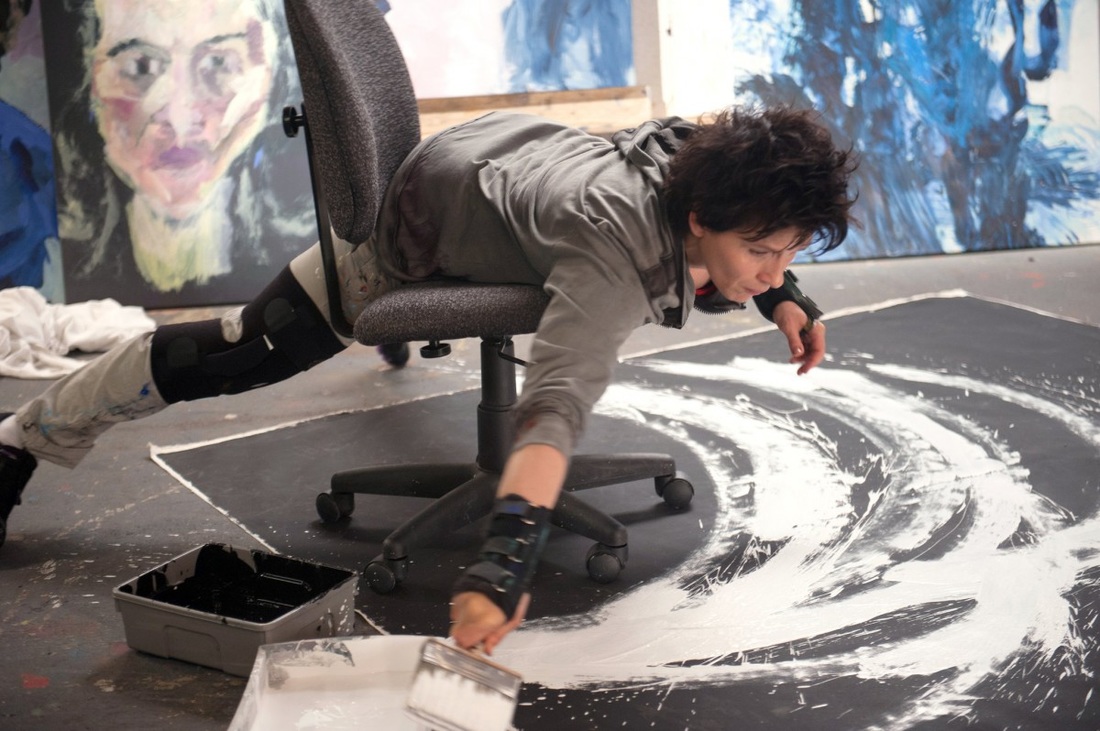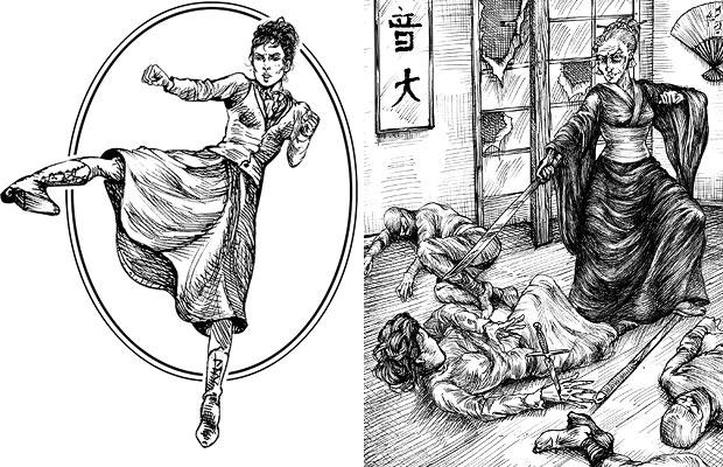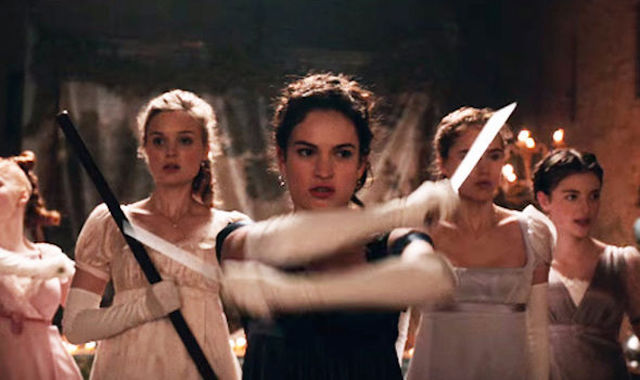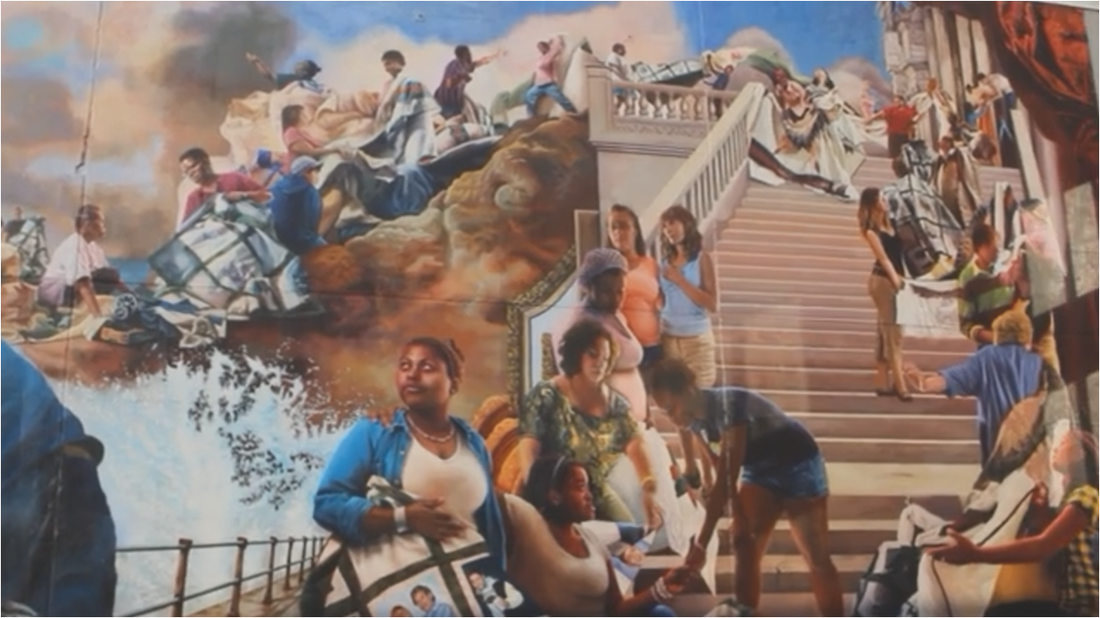"Are Words More Powerful Than Pictures?"
Yes, it's loosely a romantic story between an artist and a poet. Yes, I had been shamelessly looking on Prime for a new romcom earlier this afternoon. But no, this movie is not a romcom. It has a brilliant screenplay by Gerald DiPego, and a wonderful, poignant message on the importance of creativity, passion, and teaching.
 Clive Owen as *Jack Murphy* in Words and Pictures (2014).
Clive Owen as *Jack Murphy* in Words and Pictures (2014).
One such word at the center of Jack and Dina's friendly feud is hyperemotionality. As the storyline advanced, I took this word to relate to the exceptional emotional response inspired by evocative artwork, prose, and poetry. While watching the movie, I had to press pause so I could reflect. Already, my mind was recalling the wonder, surprise, laughter, and gloom I've experienced in reading ethnographic encounters.
From Geertz' thick description of the Balinese cock fight, to Ochs and Schieffelin's account of communication among mothers and their children in Samoa. In ethnography, there's not so much a rivalry between words and pictures, as a combining of these into imagery that recreates lived experience for those of us who were never there. Just like the painted canvas or stanza are crafted to draw audiences into the artist's own worldview.
These days, I'm more and more fascinated by ethnographic writing and creation, because I'm pulling together my very own first book, Zombies Speak Swahili. So now I want to share developing reflections on experimental ethnography as an artistic and cinematic exploration in creation.
|
|





 RSS Feed
RSS Feed